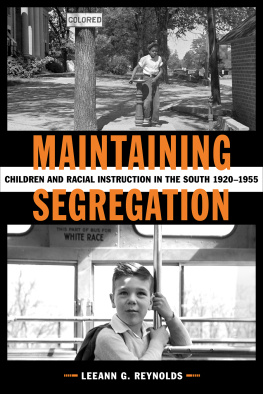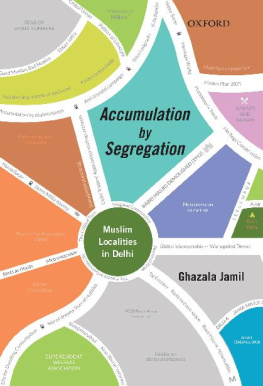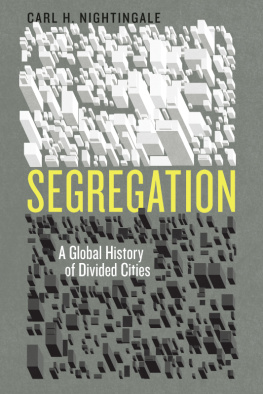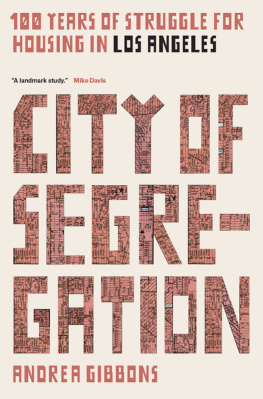Eric Fong - Segregation
Here you can read online Eric Fong - Segregation full text of the book (entire story) in english for free. Download pdf and epub, get meaning, cover and reviews about this ebook. year: 2022, publisher: Wiley, genre: Politics. Description of the work, (preface) as well as reviews are available. Best literature library LitArk.com created for fans of good reading and offers a wide selection of genres:
Romance novel
Science fiction
Adventure
Detective
Science
History
Home and family
Prose
Art
Politics
Computer
Non-fiction
Religion
Business
Children
Humor
Choose a favorite category and find really read worthwhile books. Enjoy immersion in the world of imagination, feel the emotions of the characters or learn something new for yourself, make an fascinating discovery.

- Book:Segregation
- Author:
- Publisher:Wiley
- Genre:
- Year:2022
- Rating:3 / 5
- Favourites:Add to favourites
- Your mark:
Segregation: summary, description and annotation
We offer to read an annotation, description, summary or preface (depends on what the author of the book "Segregation" wrote himself). If you haven't found the necessary information about the book — write in the comments, we will try to find it.
Segregation is one of the starkest social realities of contemporary societies. Though often associated with explicitly racist laws of the past, it is a phenomenon that persists to this day and is a crucial element for understanding group relations and the wellbeing of different populations in society.
In this book, Eric Fong and Kumiko Shibuya provide a thorough discussion of the evolving complexity of segregation in all its variety and variations. The authors focus not only on past trends and the development of segregation measures, but also the current state of affairs, and demonstrate the connections between the segregation of racial/ethnic groups, immigrant communities, and schools, along with poverty concentration. By taking a wide, cross-cutting view, the authors identify commonalities and differences in the causes, mechanisms, and consequences of segregation. Spatial and social segregation together perpetuate and reinforce the unequal distribution of resources among racial and ethnic groups, which in turn can have positive and negative consequences for individuals and groups.
This critical overview of segregation will be a valuable and insightful resource for students of sociology, geography, and ethnic studies, as well as those keen to get a handle on this persistent challenge to equal and inclusive societies.Eric Fong: author's other books
Who wrote Segregation? Find out the surname, the name of the author of the book and a list of all author's works by series.







